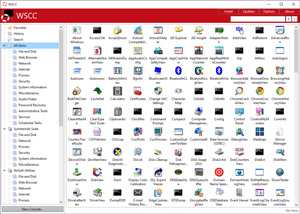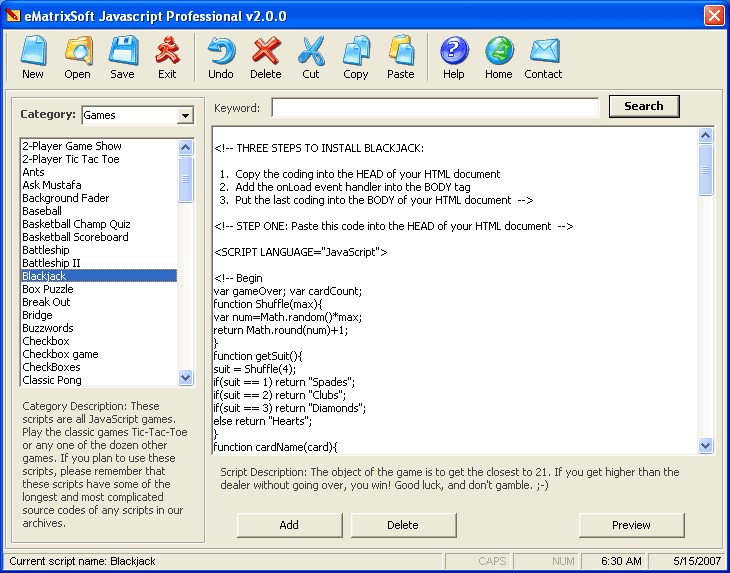Specialised Application Software
Tuesday, December 21, 2010
Audio Editing Software
It refers to any program that is capable of modifying an audio clip. It differs from sound modification software as it is used to modify a sound after it has been recorded rather than during the recording. It can be used for both personal and professional use to reduce background noise, increase sound quality, and removed unwanted audio clips.

Bitmap Image
A bitmap is one of many types of file formats for images stored in a computerized form. It carries the extension .BMP. Computers use bits of 1 and 0 to store data. A bitmap is literally a map of bits that form a particular picture when rendered to a display like a computer monitor.

HTML Editor
It is a software application for creating web pages. Specialized HTML editors can offer convenience and added functionality, although the HTML markup of a web page can be written with any text editor. For instance, many HTML editors work not only with HTML, but also with related technologies such as CSS, XML and JavaScript or ECMAScript.

Multimedia
It is the use of computers to present text, graphics, video, animation, and sound in an integrated way. Long regarded as the future revolution in computing, multimedia applications were, until the mid-90s, uncommon due to the expensive hardware required. Multimedia is now commonplace although with increases in performance and decreases in price. Even though the resolution available depends on the power of the computer's video adapter and CPU, nearly all PCs are capable of displaying video.

Vector Image
A collection of individual objects rather than picture elements is called a vector image. It can be composed of points connected by lines, or nodes (control points) connected by Bezier curves.

Web Authoring
A category of software that enables the user to develop a Web site in a desktop publishing format. It will generate the required HTML coding for the layout of the Web pages based on what the user designs. Usually, the user can toggle back and forth between the graphical design and the HTML code and make changes to the Web page in either the design of the accompanying code.

It refers to any program that is capable of modifying an audio clip. It differs from sound modification software as it is used to modify a sound after it has been recorded rather than during the recording. It can be used for both personal and professional use to reduce background noise, increase sound quality, and removed unwanted audio clips.

Bitmap Image
A bitmap is one of many types of file formats for images stored in a computerized form. It carries the extension .BMP. Computers use bits of 1 and 0 to store data. A bitmap is literally a map of bits that form a particular picture when rendered to a display like a computer monitor.

HTML Editor
It is a software application for creating web pages. Specialized HTML editors can offer convenience and added functionality, although the HTML markup of a web page can be written with any text editor. For instance, many HTML editors work not only with HTML, but also with related technologies such as CSS, XML and JavaScript or ECMAScript.

Multimedia
It is the use of computers to present text, graphics, video, animation, and sound in an integrated way. Long regarded as the future revolution in computing, multimedia applications were, until the mid-90s, uncommon due to the expensive hardware required. Multimedia is now commonplace although with increases in performance and decreases in price. Even though the resolution available depends on the power of the computer's video adapter and CPU, nearly all PCs are capable of displaying video.

Vector Image
A collection of individual objects rather than picture elements is called a vector image. It can be composed of points connected by lines, or nodes (control points) connected by Bezier curves.

Web Authoring
A category of software that enables the user to develop a Web site in a desktop publishing format. It will generate the required HTML coding for the layout of the Web pages based on what the user designs. Usually, the user can toggle back and forth between the graphical design and the HTML code and make changes to the Web page in either the design of the accompanying code.






















